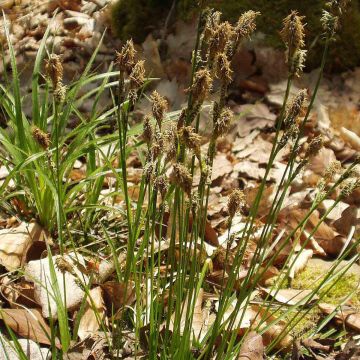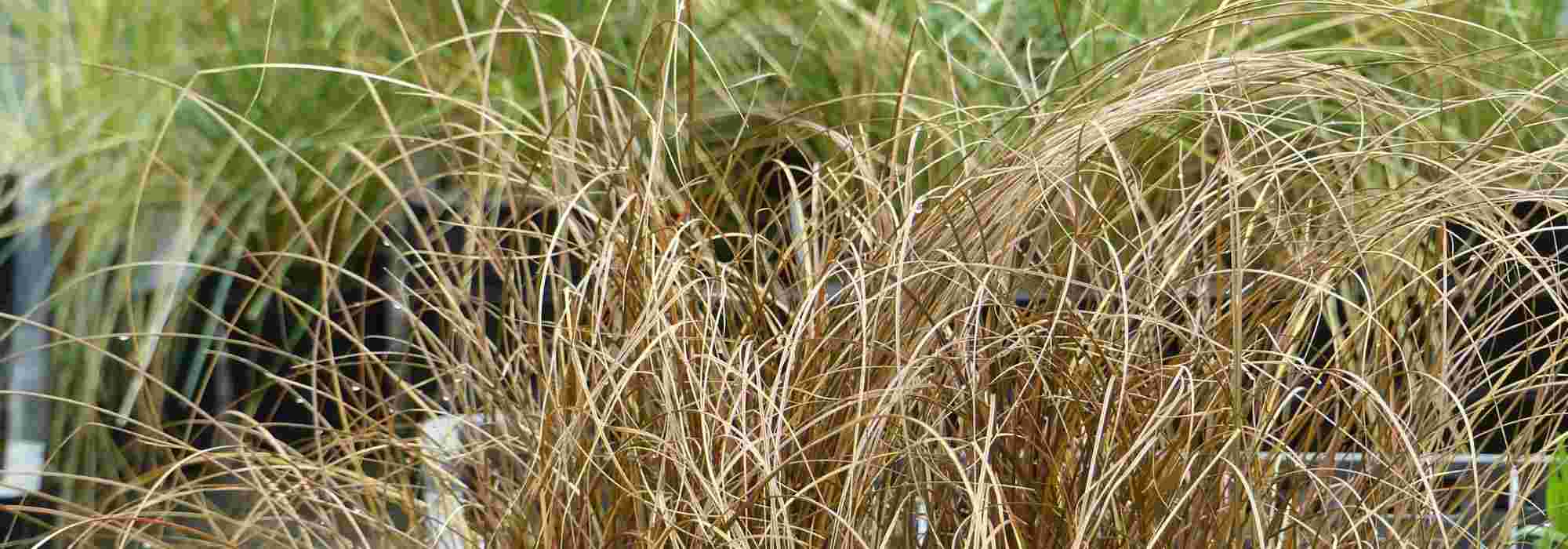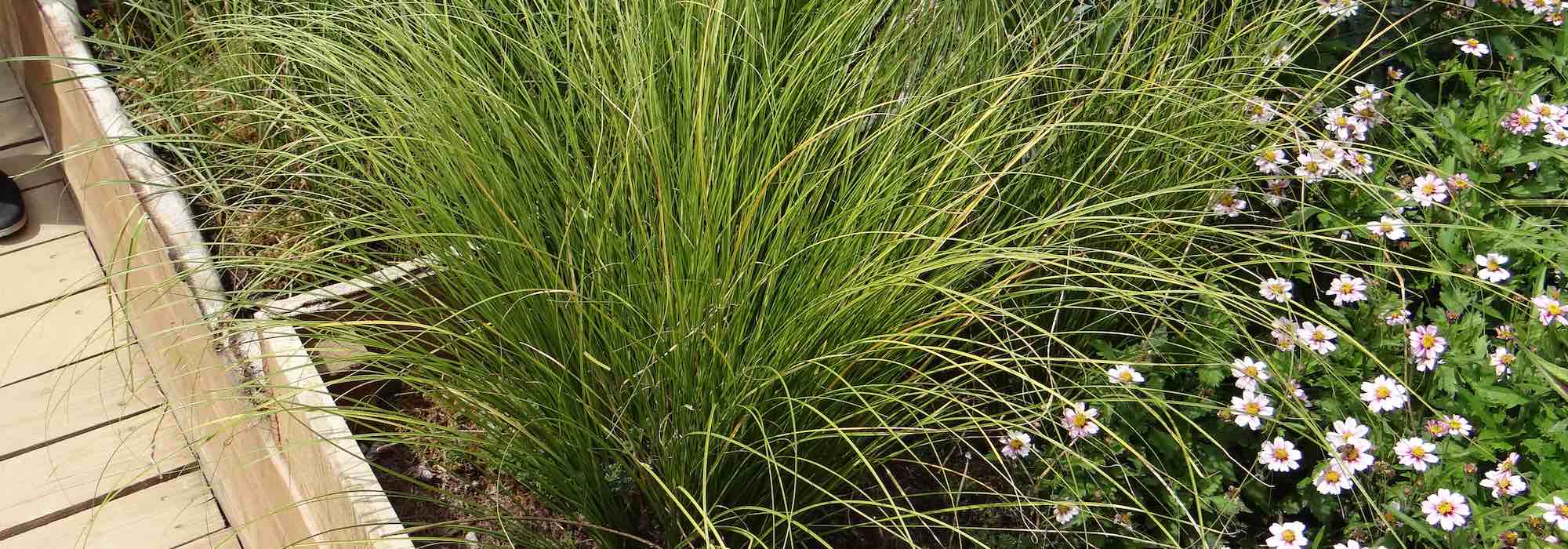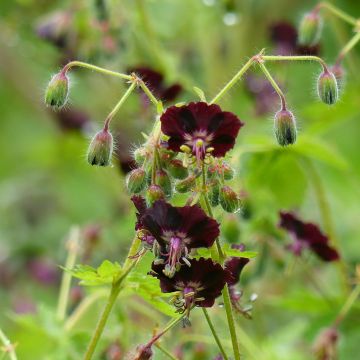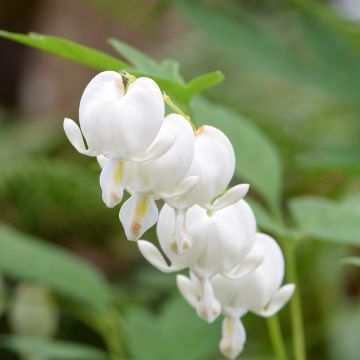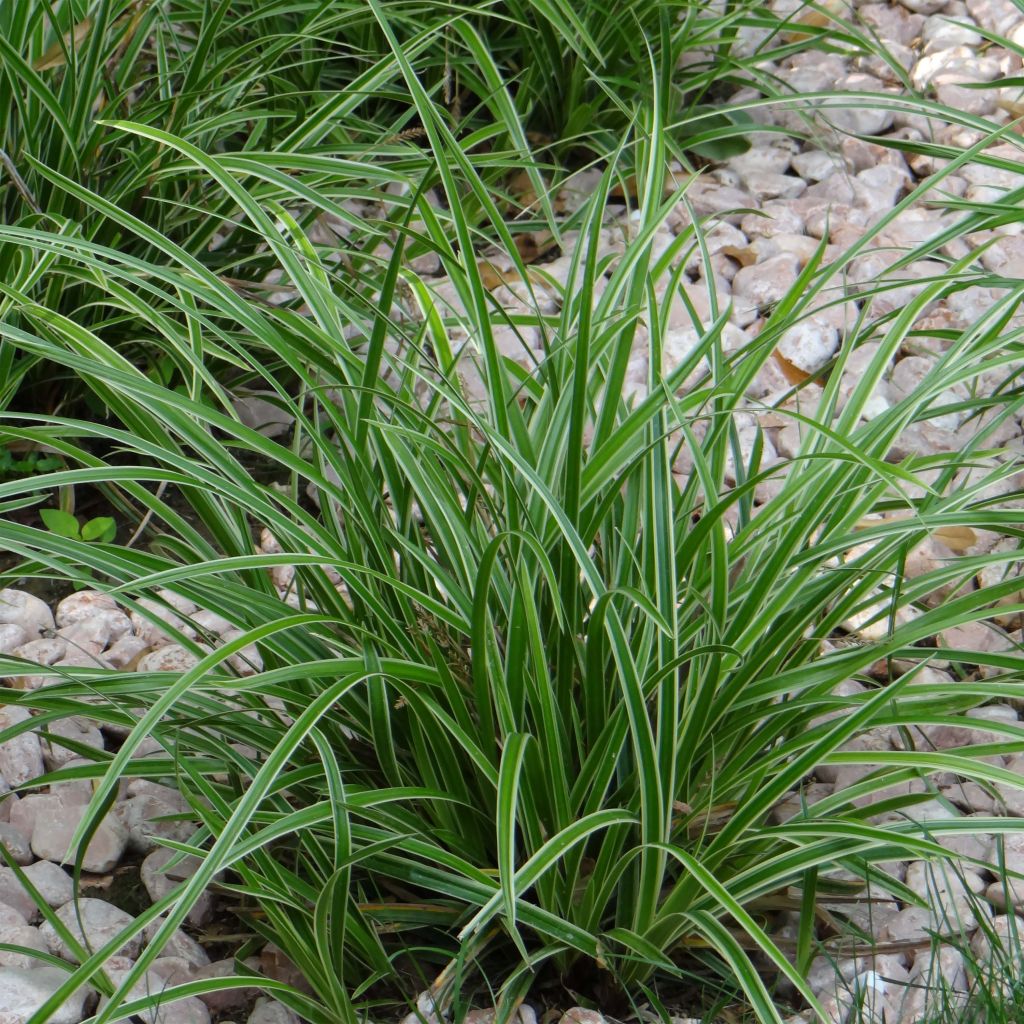

Carex morrowii Ice Dance


Carex morrowii Ice Dance


Carex morrowii Ice Dance


Carex morrowii Ice Dance
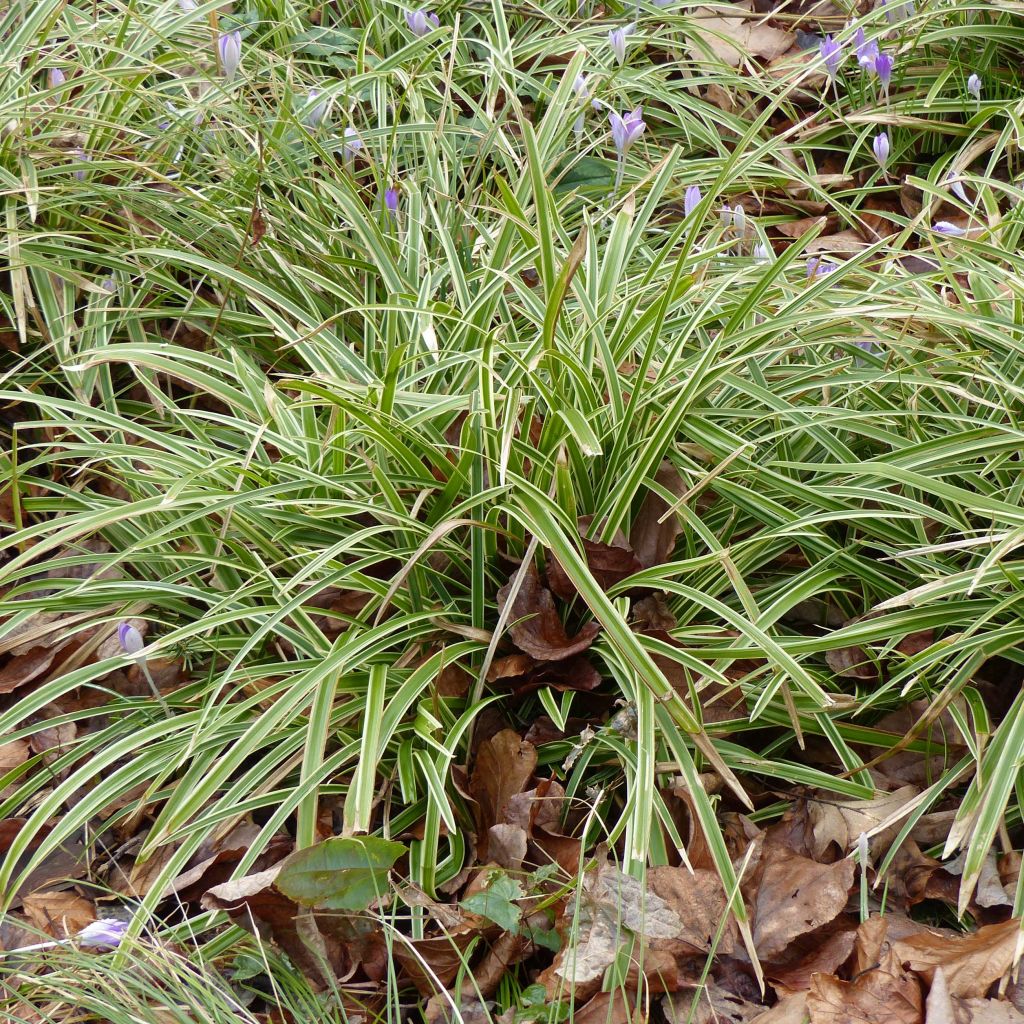

Carex morrowii Ice Dance
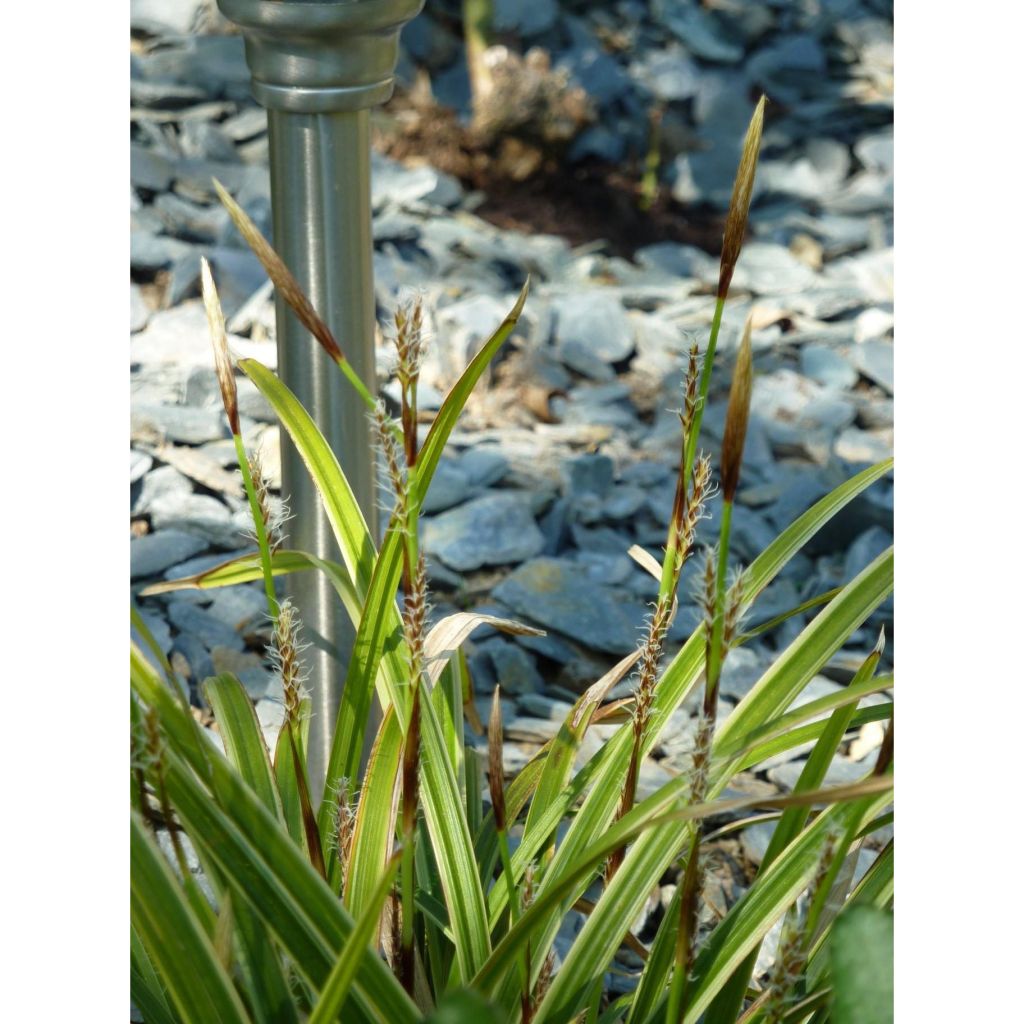

Carex morrowii Ice Dance


Carex morrowii Ice Dance
Carex morrowii Ice Dance
Carex morrowii Ice Dance
Japanese Sedge, Morrow's Sedge
Good start
Danielle, 29/04/2025
Special offer!
Receive a €20 voucher for any order over €90 (excluding delivery costs, credit notes, and plastic-free options)!
1- Add your favorite plants to your cart.
2- Once you have reached €90, confirm your order (you can even choose the delivery date!).
3- As soon as your order is shipped, you will receive an email containing your voucher code, valid for 3 months (90 days).
Your voucher is unique and can only be used once, for any order with a minimum value of €20, excluding delivery costs.
Can be combined with other current offers, non-divisible and non-refundable.
Home or relay delivery (depending on size and destination)
Schedule delivery date,
and select date in basket
This plant carries a 6 months recovery warranty
More information
We guarantee the quality of our plants for a full growing cycle, and will replace at our expense any plant that fails to recover under normal climatic and planting conditions.

Would this plant suit my garden?
Set up your Plantfit profile →
Description
The Carex morrowii 'Ice Dance' is a natural form of C. morrowii found in Japan. This variety differs from the botanical species, mainly due to its wider foliage, silver-cream edges, and its propagation through underground stolons, allowing it to form beautiful dense clumps without becoming invasive. It prefers a rich, moist to wet soil, even clay, that does not dry out too much in summer. It thrives in partial shade and can tolerate competition from other plants.
The Carex morrowii 'Ice Dance' is a sedge belonging to the large family Cyperaceae, native to Japan. This small grass with short rhizomes forms a dense clump with a compact, upright and trailing habit, reaching about 40 cm (15.7 in) in height, slightly taller than wide. Its evergreen leaves are arching, sheathing at the base, about 5 mm (0.2 in) wide and approximately 40 cm (15.7 in) long. Their edges are finely tapered and their tips drooping. They are dark green, particularly glossy, with a bluish reflection when backlit. Each leaf is bordered by a clear margin. The foliage remains decorative throughout winter, even when the temperature drops below -13°C (8.6 °F), as we experienced in January 2009. In July-August, short cream spikes measuring 2 to 4 cm (0.8 to 1.6 in) appear among the foliage on slender stems about 35 cm (13.8 in) tall. At maturity, they turn brown.
The 'Ice Dance' Japanese sedge is a small herb with bright foliage that can help prevent unwanted plant growth in shady areas. It pairs well with Milium effusum 'Aureum', Geranium vivace 'Czacor', or Vinca minor 'Atropurpurea' but also looks great on its own. It complements other plants such as Rodgersia, ferns, and colourful Heuchera. This grass prefers moist to wet soils and is perfect for water gardens, mossy stones, or the edge of a water feature to help stabilise the soil. It can also be planted along perennial beds or at the base of an evergreen hedge to add a touch of whimsy all year. Plant it en masse in a contemporary or country garden for a beautiful wild effect.
Carex morrowii Ice Dance in pictures
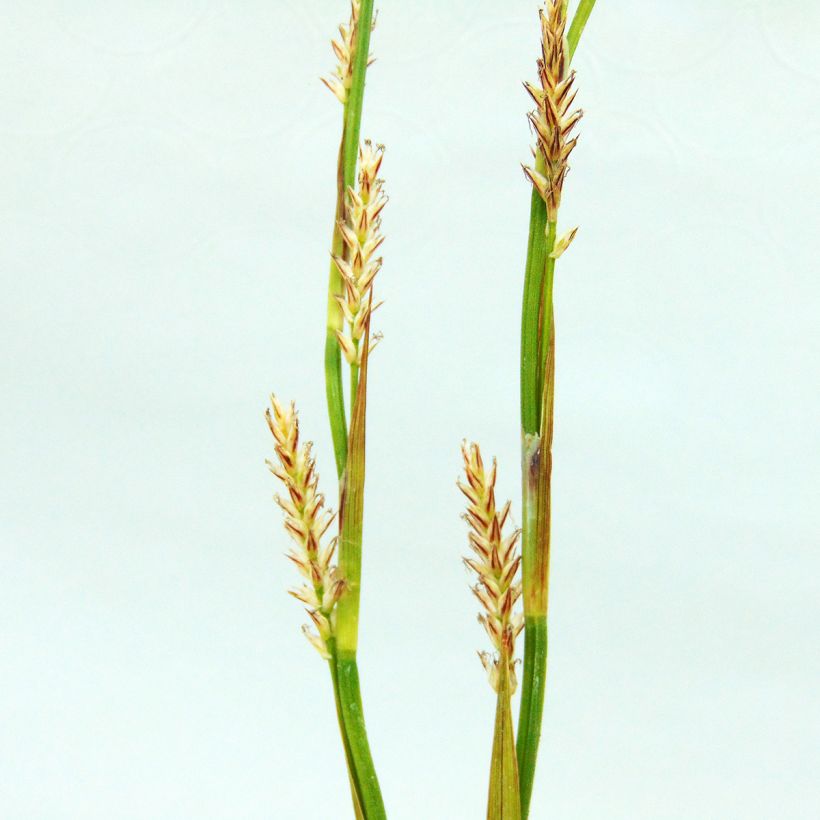

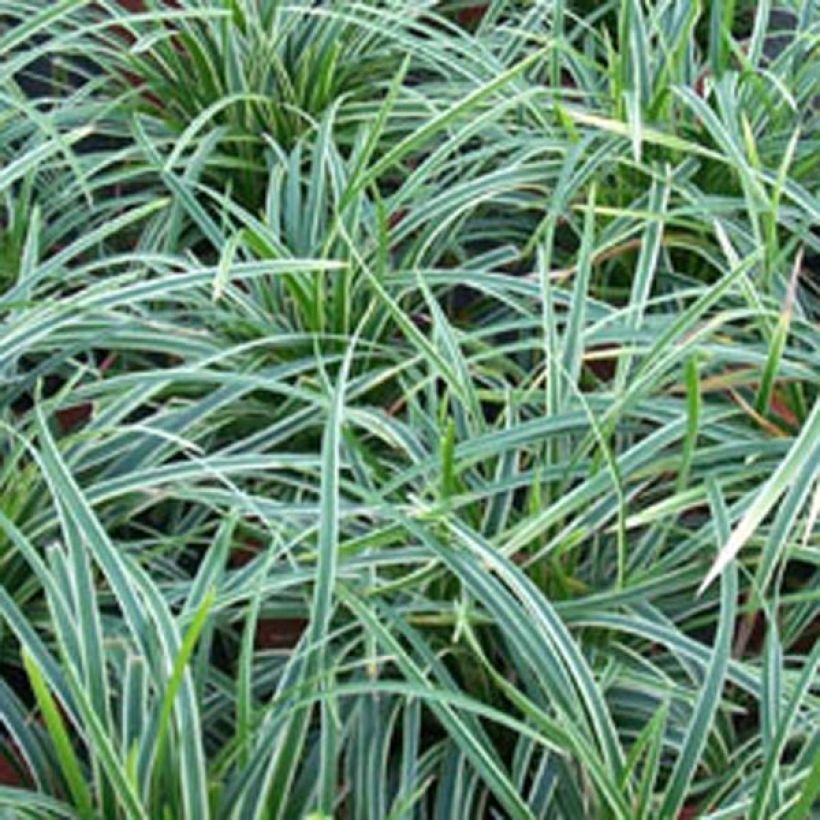



Flowering
Foliage
Plant habit
Botanical data
Carex
morrowii
Ice Dance
Cyperaceae
Japanese Sedge, Morrow's Sedge
Cultivar or hybrid
Other Carex
View all →Planting and care
The Carex morrowii Ice Dance plant likes moist soil but not too chalky. It does well in wet areas and needs a partially or fully shaded spot away from direct sunlight. It can survive moderate periods of drought but avoid long dry spells. This plant is easy to grow and needs little attention. When planting, water it well, but don't fertilise it too much. During the growing season, remove any damaged leaves and clean the plant in late winter before new growth starts.
To plant a new tree or shrub, you need to dig a hole that is 20 cm (7.9 in) wide, 20 cm (7.9 in) long, and 20 cm (7.9 in) deep. If your soil is heavy, mix a little compost with the soil and fill the hole halfway. Remove the plant from the pot and put it in the hole so that the top of the root ball is 3 cm (1.2 in) below the surface. Firmly press the soil around the plant and water it well to remove any air pockets. If the weather is dry, water the plant regularly for a few weeks to help it settle in.
Planting period
Intended location
Care
Planting & care advice
-
, onOrder confirmed
Reply from on Promesse de fleurs
Similar products
Haven't found what you were looking for?
Hardiness is the lowest winter temperature a plant can endure without suffering serious damage or even dying. However, hardiness is affected by location (a sheltered area, such as a patio), protection (winter cover) and soil type (hardiness is improved by well-drained soil).

Photo Sharing Terms & Conditions
In order to encourage gardeners to interact and share their experiences, Promesse de fleurs offers various media enabling content to be uploaded onto its Site - in particular via the ‘Photo sharing’ module.
The User agrees to refrain from:
- Posting any content that is illegal, prejudicial, insulting, racist, inciteful to hatred, revisionist, contrary to public decency, that infringes on privacy or on the privacy rights of third parties, in particular the publicity rights of persons and goods, intellectual property rights, or the right to privacy.
- Submitting content on behalf of a third party;
- Impersonate the identity of a third party and/or publish any personal information about a third party;
In general, the User undertakes to refrain from any unethical behaviour.
All Content (in particular text, comments, files, images, photos, videos, creative works, etc.), which may be subject to property or intellectual property rights, image or other private rights, shall remain the property of the User, subject to the limited rights granted by the terms of the licence granted by Promesse de fleurs as stated below. Users are at liberty to publish or not to publish such Content on the Site, notably via the ‘Photo Sharing’ facility, and accept that this Content shall be made public and freely accessible, notably on the Internet.
Users further acknowledge, undertake to have ,and guarantee that they hold all necessary rights and permissions to publish such material on the Site, in particular with regard to the legislation in force pertaining to any privacy, property, intellectual property, image, or contractual rights, or rights of any other nature. By publishing such Content on the Site, Users acknowledge accepting full liability as publishers of the Content within the meaning of the law, and grant Promesse de fleurs, free of charge, an inclusive, worldwide licence for the said Content for the entire duration of its publication, including all reproduction, representation, up/downloading, displaying, performing, transmission, and storage rights.
Users also grant permission for their name to be linked to the Content and accept that this link may not always be made available.
By engaging in posting material, Users consent to their Content becoming automatically accessible on the Internet, in particular on other sites and/or blogs and/or web pages of the Promesse de fleurs site, including in particular social pages and the Promesse de fleurs catalogue.
Users may secure the removal of entrusted content free of charge by issuing a simple request via our contact form.
The flowering period indicated on our website applies to countries and regions located in USDA zone 8 (France, the United Kingdom, Ireland, the Netherlands, etc.)
It will vary according to where you live:
- In zones 9 to 10 (Italy, Spain, Greece, etc.), flowering will occur about 2 to 4 weeks earlier.
- In zones 6 to 7 (Germany, Poland, Slovenia, and lower mountainous regions), flowering will be delayed by 2 to 3 weeks.
- In zone 5 (Central Europe, Scandinavia), blooming will be delayed by 3 to 5 weeks.
In temperate climates, pruning of spring-flowering shrubs (forsythia, spireas, etc.) should be done just after flowering.
Pruning of summer-flowering shrubs (Indian Lilac, Perovskia, etc.) can be done in winter or spring.
In cold regions as well as with frost-sensitive plants, avoid pruning too early when severe frosts may still occur.
The planting period indicated on our website applies to countries and regions located in USDA zone 8 (France, United Kingdom, Ireland, Netherlands).
It will vary according to where you live:
- In Mediterranean zones (Marseille, Madrid, Milan, etc.), autumn and winter are the best planting periods.
- In continental zones (Strasbourg, Munich, Vienna, etc.), delay planting by 2 to 3 weeks in spring and bring it forward by 2 to 4 weeks in autumn.
- In mountainous regions (the Alps, Pyrenees, Carpathians, etc.), it is best to plant in late spring (May-June) or late summer (August-September).
The harvesting period indicated on our website applies to countries and regions in USDA zone 8 (France, England, Ireland, the Netherlands).
In colder areas (Scandinavia, Poland, Austria...) fruit and vegetable harvests are likely to be delayed by 3-4 weeks.
In warmer areas (Italy, Spain, Greece, etc.), harvesting will probably take place earlier, depending on weather conditions.
The sowing periods indicated on our website apply to countries and regions within USDA Zone 8 (France, UK, Ireland, Netherlands).
In colder areas (Scandinavia, Poland, Austria...), delay any outdoor sowing by 3-4 weeks, or sow under glass.
In warmer climes (Italy, Spain, Greece, etc.), bring outdoor sowing forward by a few weeks.



































